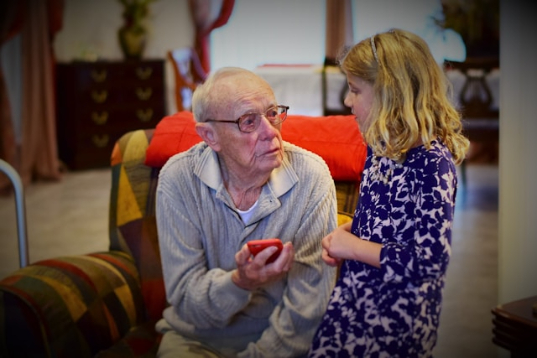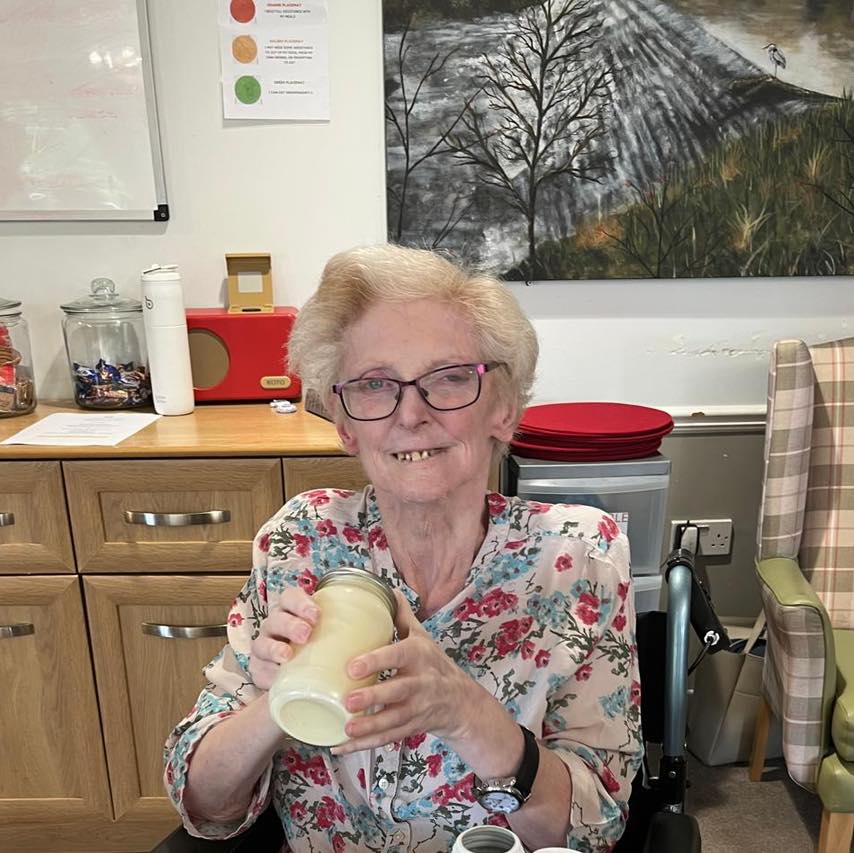How Long Does it Take for Someone to Settle into a Care Home?

Moving into a care home is a big decision, and it’s only natural to wonder how long it will take to feel at home. Some people settle in quickly, while others need a bit more time to adjust. There’s no right or wrong way to go about it, and every journey is different. What’s important is knowing that there’s plenty of support along the way, with friendly faces, good company and a reassuring routine to help things feel familiar.
The first few days and weeks can feel like a bit of a whirlwind, both for the person moving in and for their family. Change can be unsettling, but small things—like having a favourite chair in their room, getting to know the care home staff or sharing a cup of tea with a new friend—can make all the difference. Given time, most people start to find their feet, build connections and settle into a comfortable routine. Family members play a crucial role in this transition, providing emotional support and helping to ease the adjustment process. It is also important to notify friends and family about the move and consult them regarding personal belongings and emotional challenges.
The First Few Days - Moving into a Care Home
The first few days in a care home can feel like a bit of a blur. There’s a lot to take in, new faces, new surroundings and a different daily routine. It’s completely normal for someone to feel a little unsure at first. Some people settle quickly, while others need a bit more time to find their feet. Either way, there’s plenty of support to help make the transition as smooth as possible. Care homes offer various aspects of personal care services, decision-making support for moving in, and benefits for individuals, particularly those with dementia. Contacting the local council for needs assessments and support during the transition can also be very helpful.
One of the best ways to ease into a new environment is by keeping things familiar. Having personal belongings, family photos, a favourite blanket or even a well-loved chair, or even your own bed, can make a new room feel much more like home. The care team will also take time to get to know each new resident, learning about their likes, dislikes and daily habits so they can tailor support to what feels right for them.
In those early days, a friendly chat with staff, a cup of tea in the lounge, or a gentle activity can help break the ice. There’s no pressure to jump into everything straight away, and everyone is encouraged to go at their own pace. The most important thing is that each person feels safe, comfortable, and reassured that they’re in good hands.


The First Few Weeks - Finding Comfort and Confidence
Once the first few days have passed, things often start to feel a little more settled. By now, many residents are beginning to recognise familiar faces, whether it’s the carers popping in for a morning chat, the cook serving up a favourite lunch, or another resident they’ve shared a crossword or a story with. Little by little, the daily routine becomes more familiar, and that sense of uncertainty starts to ease. As dementia symptoms progress, there is an increasing need for more support, and residential homes can provide the necessary assistance when family carers feel overwhelmed and unable to meet the individual's evolving needs at home.
Meals, activities and care are all gently shaped around each individual, so there’s comfort in knowing what to expect and when. Taking part in social activities—whether it’s a gentle exercise class, a singalong or just a quiet cup of tea with someone else in the lounge—can really help people feel part of the home. There’s never any pressure, just gentle encouragement to join in when it feels right.
During this time, staff play a big role in helping residents build relationships. They’ll often introduce people with shared interests, help spark conversations and keep an eye on how everyone’s getting on. It’s all part of creating a warm, welcoming environment where no one feels alone.
That said, it’s also perfectly normal for emotions to come and go in those early weeks. A wobble here and there is to be expected, especially after such a big life change. What matters is that there’s always someone on hand to listen, to offer reassurance and to take the time to make sure each person feels heard and cared for.



One to Three Months - Feeling at Home
By the time someone has been living in the home for a month or two, things often start to feel more familiar and comfortable. For many, it’s around this time that they begin to feel truly settled. They’ve had time to get to know the daily routine, form connections with others and build a sense of belonging.
Friendships tend to grow naturally, whether it’s with someone they’ve sat beside at lunch, chatted to during a coffee morning or bonded with over a shared love of music or gardening. Having familiar people around, and a regular pattern to the day, helps to create that steady rhythm that many people find reassuring.
Activities become part of the weekly routine, and it’s lovely to see residents choosing to join in with things they enjoy—whether it’s something active, creative or simply sociable. These moments often bring joy and purpose, and they help to turn a care setting into a real community.
Throughout all of this, the care team continue to offer thoughtful, ongoing support. It’s not just about physical care—it’s about keeping an eye on how someone’s feeling too. Whether it’s a quiet chat, a wellbeing check-in or just noticing if someone seems a little out of sorts, staff are always there to make sure residents feel safe, seen and supported. Care homes provide specialised nursing care in addition to personal care, often with the presence of qualified nurses.
What Families Can Do to Help
Families play such an important part in helping someone settle into care. Even with the best support from staff, there’s nothing quite like a familiar voice, a warm hug or a shared memory to bring comfort during a time of change.
Visiting regularly, especially in those early weeks, can make a real difference. It doesn’t have to be anything grand—even a short visit to catch up over a cup of tea can be just the thing to lift someone’s spirits. Some families like to bring in a few home comforts, such as a favourite book, photos from a special occasion or a puzzle they can do together. These small touches can help keep that sense of connection and continuity going.
Encouraging your loved one to get involved in activities or try something new can also help them feel more at home. You might hear about a quiz afternoon they’ve enjoyed or a craft session they were hesitant about at first but ended up loving. Showing interest and cheering them on to direct their own care can really boost their confidence.
Keeping in touch with the care team is another helpful way to stay involved. Staff are always happy to chat through how someone’s getting on, share little updates or listen to any concerns. Working together helps make sure your loved one is getting the best possible support, both emotionally and practically.
Most of all, it’s about reassurance. Just knowing their family is still present in their life, even as routines change, can bring so much comfort and help make the transition into care feel that bit easier. Considering financial help from the local council and family members to cover care-related expenses can also ease the transition and ensure all needs are met.

Settling into Haddington Nursing Home
Settling into a care home is a personal journey, and there’s no set timetable for how long it takes. Some people feel at home within a few weeks, while others need a bit longer to adjust—and that’s completely okay. What matters most is knowing that care homes are built to offer comfort, security and good company, with support gently wrapped around each individual as they find their feet. A financial assessment is crucial to determine eligibility for funding assistance and to understand financial options when considering care home costs.
If you ever have questions or feel unsure about how your loved one is settling in, don’t hesitate to speak to the care team. They’re there to help, to listen and to work alongside you to make the transition as smooth and reassuring as possible.
No one goes through this on their own. Whether you’re a new resident or a family member supporting someone you love, you’re part of a wider care community that understands how important kindness, patience and connection really are. With time and the right support, a care home can truly become a place that feels like home. If you’d like to learn more about how we support new residents at Haddington Care Home, we’d be very happy to chat. Feel free to get in touch or pop in for a visit—we’re always here to help.





